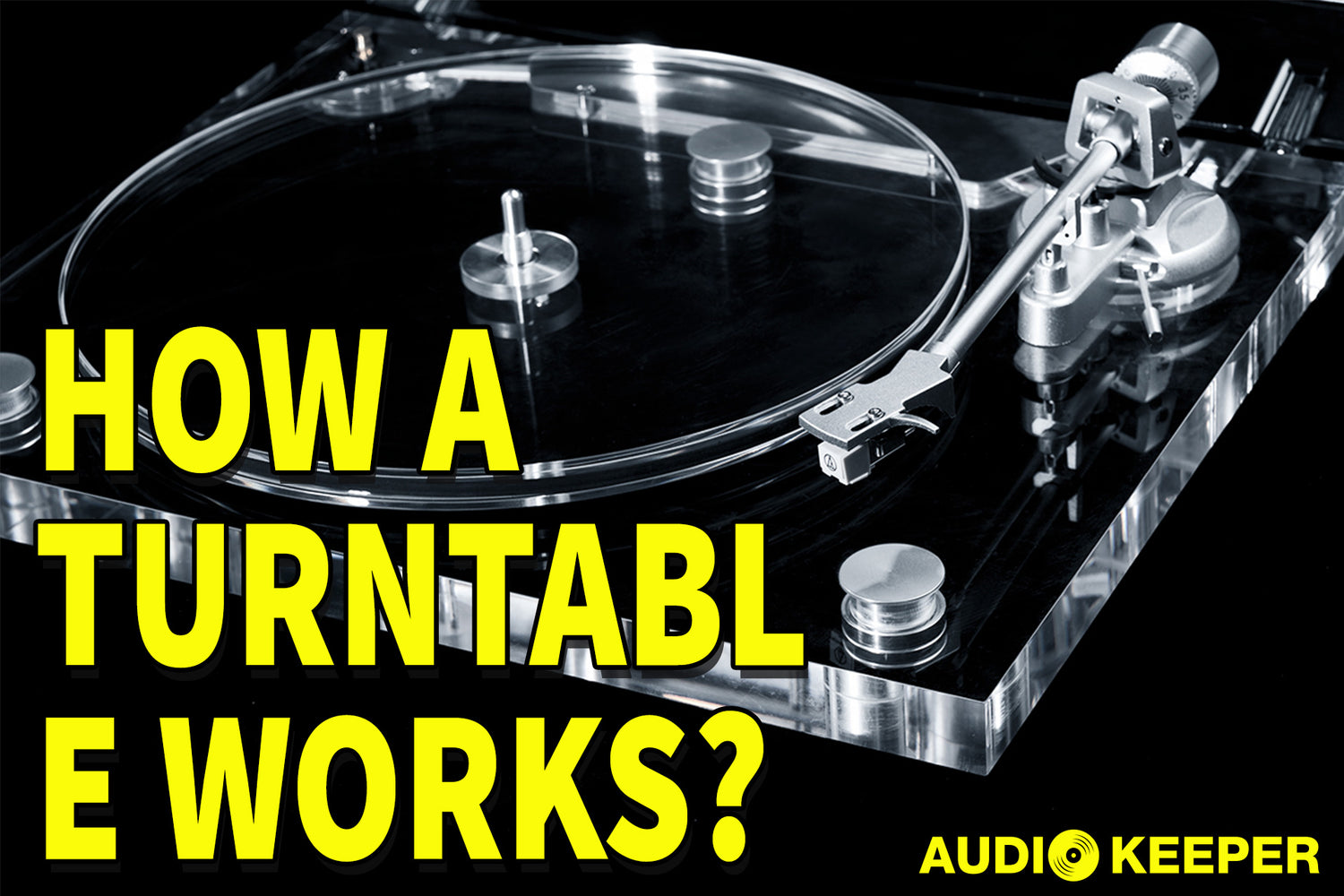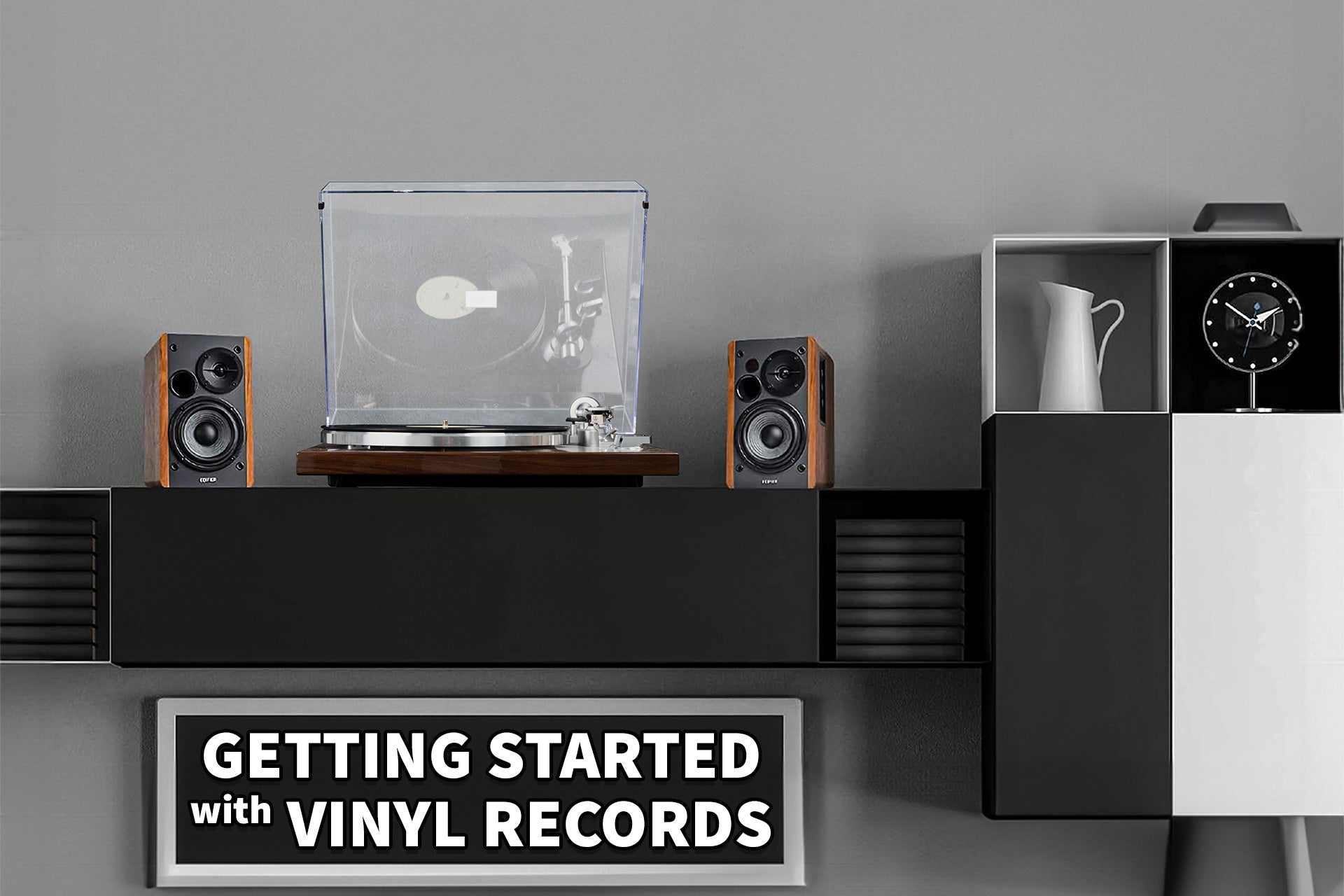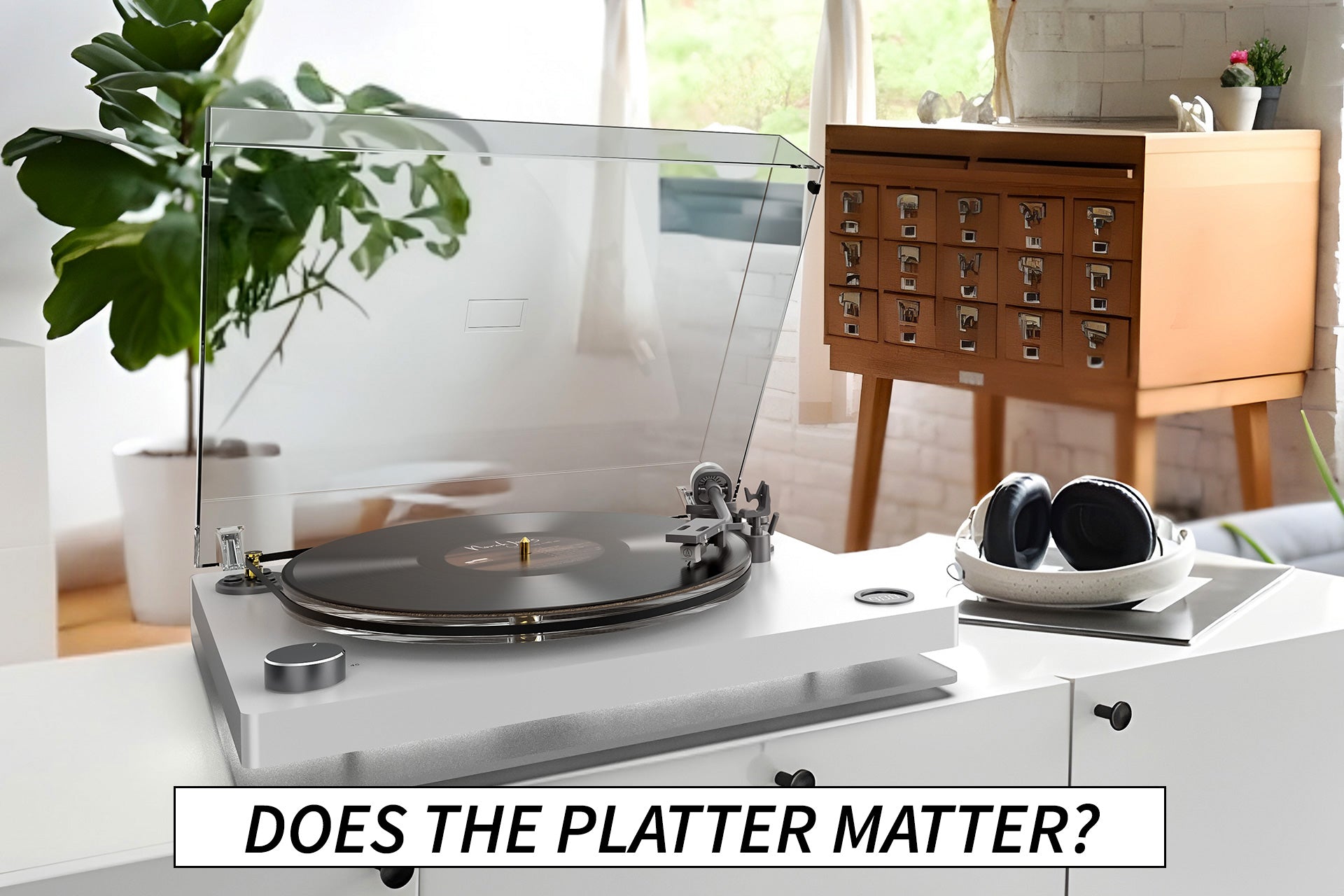Introduction
The charm of vinyl records is undeniable, and at the heart of this fascination lies the turntable. This device, which seems to transcend time, converts the physical grooves on a vinyl record into the rich, warm sounds we associate with analog music. Understanding how a turntable plays records not only enhances our appreciation for this technology but also allows us to optimize our listening experience. In this comprehensive guide, we will delve into the intricacies of how a turntable operates, exploring every component and process involved in playing vinyl records.
The Anatomy of a Turntable
Before we dive into the mechanics, it's essential to familiarize ourselves with the main components of a turntable:
- Platter: The rotating platform where the vinyl record is placed.
- Tonearm: The arm that swings over the record and holds the cartridge and stylus.
- Cartridge: Houses the stylus and converts vibrations into electrical signals.
- Stylus (Needle): The tiny needle that sits in the record grooves and reads the vibrations.
- Motor: Drives the rotation of the platter.
- Drive System: Connects the motor to the platter (belt-drive or direct-drive).
- Preamp: Amplifies the signal from the cartridge.
- Counterweight: Balances the tonearm and applies the correct tracking force.
- Anti-Skate Control: Ensures even pressure on the record grooves.
Each of these components plays a critical role in translating the physical undulations in the vinyl grooves into sound.
The Science Behind Vinyl Records
Vinyl records store audio information in the form of tiny grooves carved into the surface of the disc. These grooves represent the sound waves that were originally recorded. Here’s how the process works:
-
Sound Waves to Grooves: During recording, sound waves are captured and converted into an electrical signal. This signal drives a cutting head that etches a continuous spiral groove into the lacquer master disc, with variations in the groove's depth and width corresponding to the sound's frequency and amplitude.
-
Playback Mechanics: When you play a vinyl record, the stylus travels through these grooves, vibrating as it follows the undulations. These vibrations are then converted back into an electrical signal, which is amplified and output as sound through speakers.
Step-by-Step: How a Turntable Plays Records
1. Spinning the Record
The first step in playing a vinyl record is spinning it at a constant speed. Most records are designed to be played at either 33⅓ RPM (rotations per minute) or 45 RPM. The choice of speed is determined by the record’s size and the amount of music it holds.
- Motor and Drive System: The turntable's motor is responsible for spinning the platter. In a belt-drive system, the motor drives the platter through an elastic belt, which helps isolate motor vibrations and reduce noise. In a direct-drive system, the motor is connected directly to the platter, providing more consistent speed and higher torque, which is essential for DJing and other professional uses.
2. Tracking the Groove
As the record spins, the tonearm swings over it, positioning the stylus at the edge of the record. The tonearm then gently lowers the stylus into the groove.
- Tonearm and Stylus: The tonearm must be balanced and set with the correct tracking force to ensure the stylus can follow the grooves accurately without causing damage to the record or skipping. The stylus, typically made of diamond for its durability and precision, is the component that physically contacts the record grooves.
3. Reading the Grooves
As the stylus traces the record's grooves, it vibrates in response to the microscopic variations within the groove walls. These vibrations are incredibly precise, corresponding to the original sound waves recorded onto the vinyl.
- Vibration Conversion: The stylus’s movements are transferred to the cartridge, which contains a small magnet and coil. As the stylus moves, it causes the magnet or coil to move within a magnetic field, generating a tiny electrical signal that mirrors the original audio signal.
4. Amplifying the Signal
The electrical signal generated by the cartridge is very weak and requires amplification before it can be sent to speakers.
- Phono Preamp: This component boosts the signal to a level that can be further amplified by a receiver or amplifier. The preamp also applies RIAA equalization to compensate for the frequency response curve used in the record mastering process.
5. Sound Reproduction
Once the signal is sufficiently amplified, it is sent to speakers, which convert the electrical signal back into sound waves, allowing you to hear the music as it was originally recorded.
Detailed Analysis of Turntable Components
Platter and Mat
-
Platter: The platter's primary function is to support and rotate the record. Platter materials can vary, including aluminum, glass, and acrylic. Each material has its own acoustic properties, affecting resonance and sound quality.
-
Mat: The platter mat, made from rubber, felt, or cork, provides cushioning for the record and helps reduce vibrations, which can enhance sound clarity.
Tonearm
-
Design: The tonearm’s design affects its ability to track the record grooves accurately. High-end tonearms often feature precision bearings and adjustable counterweights for optimal performance.
-
Anti-Skate Mechanism: This mechanism prevents the tonearm from exerting too much inward force on the record, which can cause uneven wear on the grooves and distort the sound.
Cartridge and Stylus
-
Cartridge Types: Cartridges come in various types, including moving magnet (MM) and moving coil (MC). MM cartridges are more common and easier to replace, while MC cartridges offer higher fidelity but are generally more expensive and complex.
-
Stylus Shapes: The shape of the stylus can influence sound quality and record wear. Common shapes include conical, elliptical, and Shibata, each offering different levels of contact with the record groove.
Motor and Drive System
-
Motor Types: Turntables use either AC or DC motors, with DC motors being more common in modern designs due to their ability to provide consistent speed control.
-
Drive Systems: The choice between belt-drive and direct-drive systems often comes down to personal preference and intended use. Belt-drives are favored for audiophile listening, while direct-drives are preferred for professional DJing due to their durability and immediate response.
Phono Preamp
-
Internal vs. External: Some turntables have a built-in phono preamp, which simplifies setup. However, external preamps often provide better sound quality and more customization options.
-
RIAA Equalization: This is a necessary step to reverse the equalization applied during the record mastering process, ensuring that the playback frequency response matches the original recording.
Advanced Considerations
Speed Stability
Maintaining a consistent platter speed is crucial for accurate playback. Variations in speed, known as wow and flutter, can cause pitch fluctuations and affect sound quality. High-quality turntables use advanced speed control systems to minimize these issues.
Vibration Isolation
Vibrations from external sources, such as footsteps or nearby speakers, can affect the turntable’s performance. Many turntables come with built-in isolation features, such as adjustable feet or a suspended sub-chassis, to minimize these effects.
Azimuth and VTA Adjustment
For audiophiles seeking the highest fidelity, adjusting the azimuth (the angle of the stylus relative to the groove) and vertical tracking angle (VTA) can further optimize the turntable’s performance. Proper adjustment ensures the stylus makes even contact with the groove, reducing distortion and improving sound quality.
Caring for Your Turntable and Records
Regular Maintenance
-
Cleaning: Keep the stylus clean using a stylus brush or a specialized cleaning solution. Regularly dust the turntable and clean the platter mat to prevent dirt from contaminating your records.
-
Belt Replacement: Belt-drive turntables may require occasional belt replacement to maintain speed stability.
Record Care
-
Handling: Handle records by the edges and label to avoid transferring oils and dirt from your fingers to the grooves.
-
Storage: Store records vertically in a cool, dry place to prevent warping. Use anti-static inner sleeves to protect them from dust and scratches.
Conclusion
Understanding how a turntable plays records involves appreciating the intricate interplay of mechanical and electrical components working in harmony to reproduce sound. By mastering the setup and maintenance of your turntable, you can ensure a rich and immersive listening experience that captures the essence of vinyl’s timeless appeal.
Further Reading and Resources
For those interested in diving deeper into the world of vinyl records and turntables, here are some recommended resources:
- Books: Titles such as “Vinyl: A History of the Analogue Record” by Richard Osborne provide an in-depth look at the history and technology behind vinyl records.
- Online Forums: Join communities like Audiokarma or Vinyl Engine to discuss turntable setups, share tips, and connect with other vinyl enthusiasts.
With the knowledge gained from this comprehensive guide, you are well-equipped to embark on your vinyl journey, appreciating every nuance of the music as it was intended to be heard. Happy spinning!









Leave a comment
All comments are moderated before being published.
This site is protected by hCaptcha and the hCaptcha Privacy Policy and Terms of Service apply.